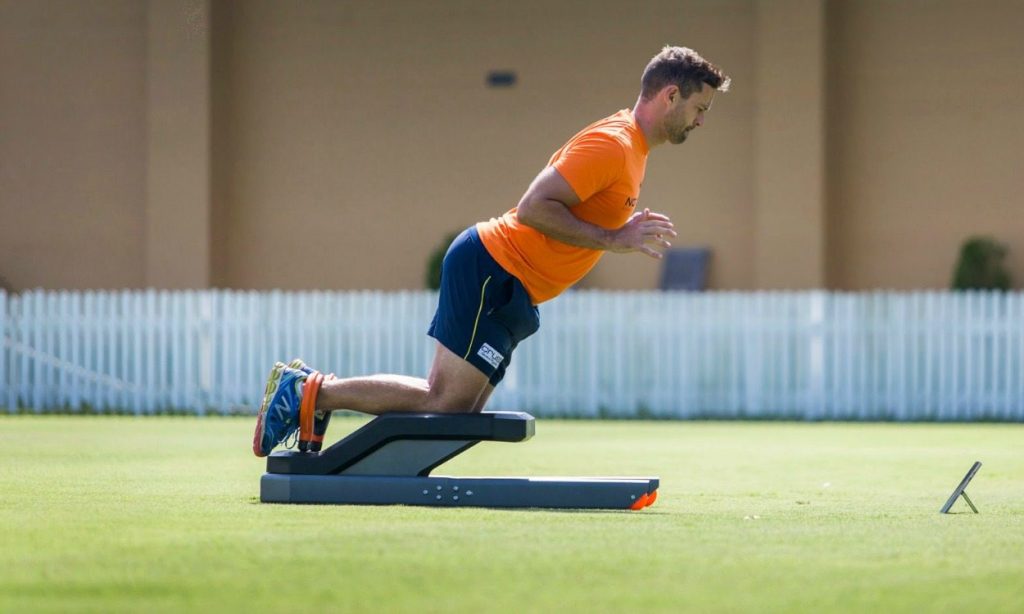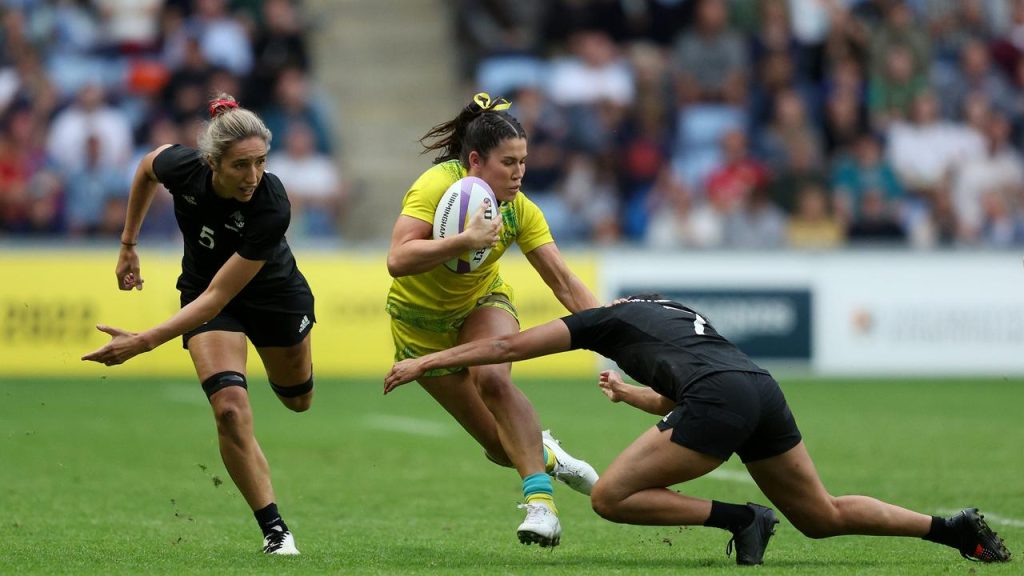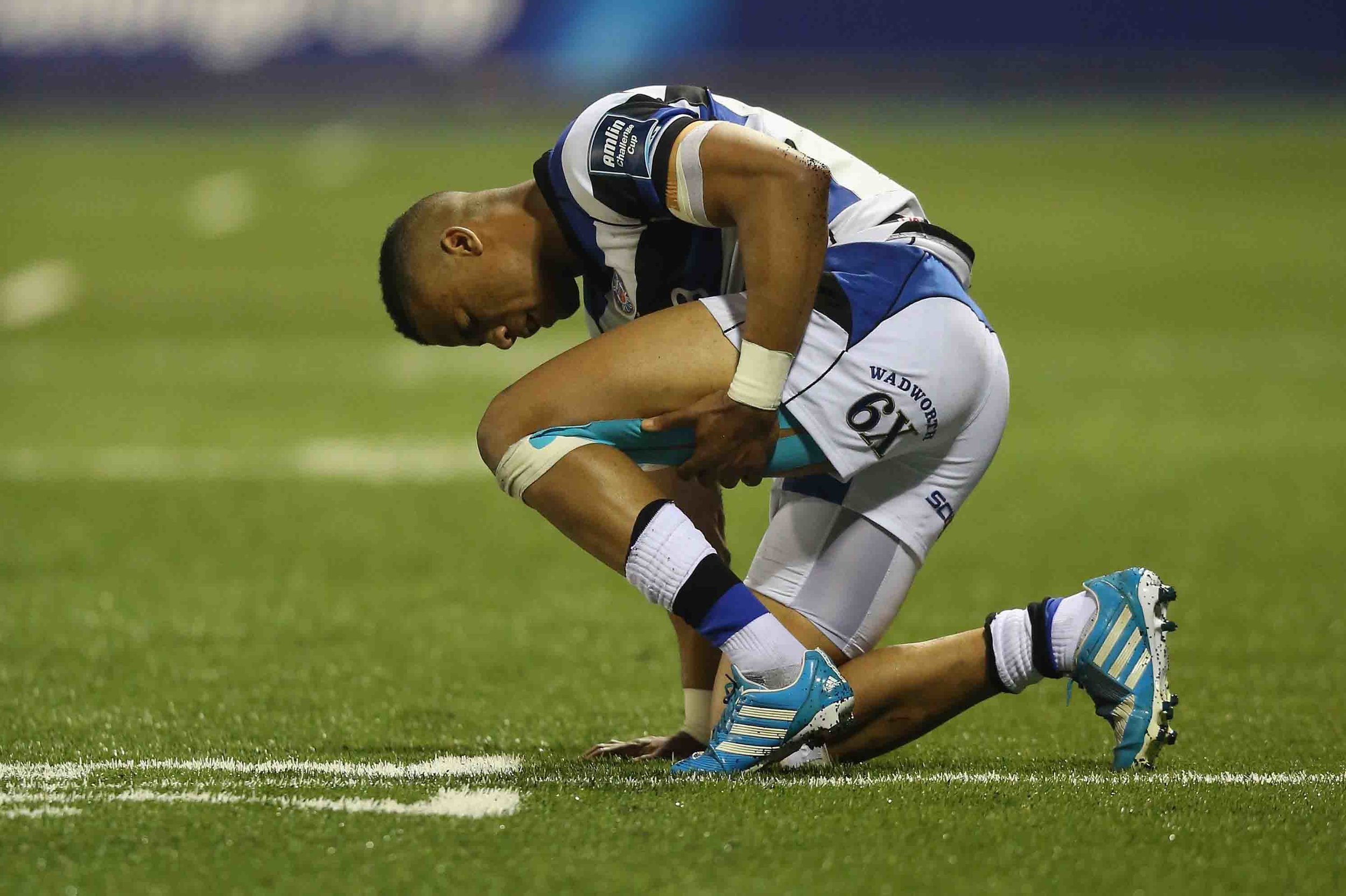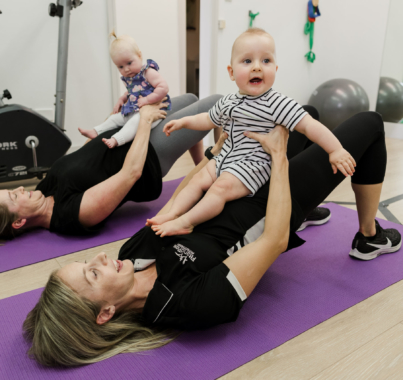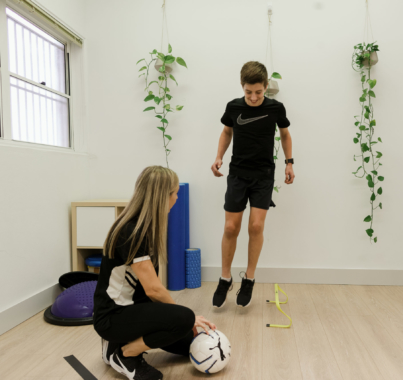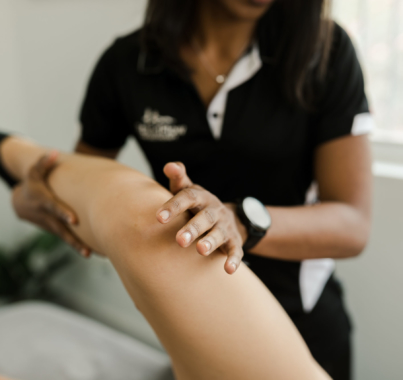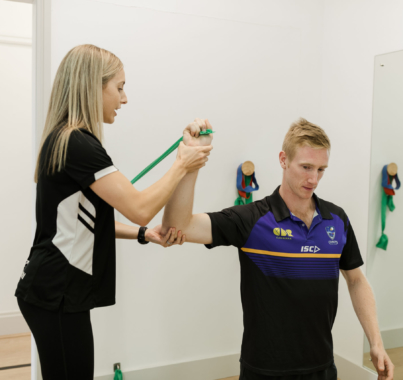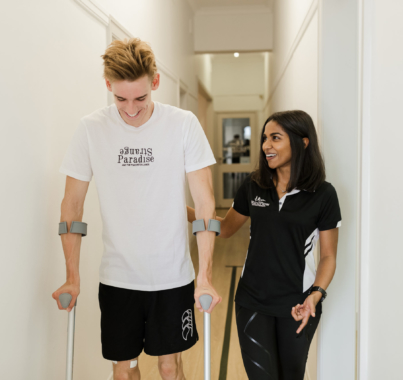Hamstring Strains

Hamstring muscle strains are among the most common lower limb injuries in sports, accounting for 22% of injuries in AFL and ranking within the top three for lower limb injuries in the NRL. In professional soccer, hamstring injuries are a leading cause of missed games, with 20% of players sidelined from matches or training due to these injuries.
Of particular concern is the high recurrence rate of hamstring injuries, with increased severity of each subsequent hamstring strain, resulting in longer rehab periods and delayed return to sport.
So, what is the typical recovery time for a hamstring strain? And more importantly, what strategies can be employed to mitigate the risk of these injuries?
Risk factors for hamstring injury
Lack of strength
One of the major risk factors for hamstring strains is a lack of strength and power needed to meet the demands of your sport.
Your hamstring strength should be equal to the strength of your quads. This strength is crucial in performing the rapid accelerations, decelerations, and change of direction movements required in field sports. Additionally, it is essential for executing actions such as kicking a soccer ball to a teammate across the field, picking up an AFL ball while in motion, or performing a sweep hit in hockey.
Strength preparation is best completed in the off season when the physical demands of training are reduced, and a strength program needs to be completed for a minimum of 8 weeks to yield results.
Exercises that put the hamstrings under strain while they are at their maximum length will adequately prepare them for sport.
Some examples of these are;
– Nordic curls
– Deadlifts
– Prone hamstring curls
2. Fatigue
Another significant risk factor for injury is fatigue.
One method to mitigate this is through participating in a preseason program focusing on fitness and skill training to ensure you are going into the season at optimal fitness levels. However, managing fatigue during a game is also crucial. Strategies include scheduling regular subs, rotating player positions to lower overall intensity, or reducing game minutes if fatigue levels are increased before a match.
Effective management of fatigue requires a good awareness of fatigue signs in your body, along with open communication with coaches and teammates.
3. History of injury
Unfortunately, if you have experienced hamstring strains in the past, this will increase your chances of repeat strains. If you suspect a hamstring strain, getting early assessment and commencement of a rehab program is vital.
Hamstring rehab typically progresses through structured phases aimed at facilitating muscle repair, enhancing muscle strength, and preparing the hamstring for specific sporting demands.
This final phase is particularly critical but often overlooked in rehabilitation plans, focusing on reintegrating activities like running, explosive strength exercises, game-specific skills, and contact training.
How long will it take me to return to sport after a hamstring strain?
This will depend on the level of injury, your history of injury, and the level of activity you wish to return to, but an average return to sport timeframe will be between 2 – 8 weeks.
Phase 1: pain management and supporting healing
Phase 2: Strength
Phase 3: Power
Phase 4: running
Phase 5: change of direction and light skills
Phase 6: Increase running speed, agility and intro of light contact
Phase 7: Integration back in to training
You will be guided through these phases by your physio and return to sport will be determined on a number of return to sport tests.
